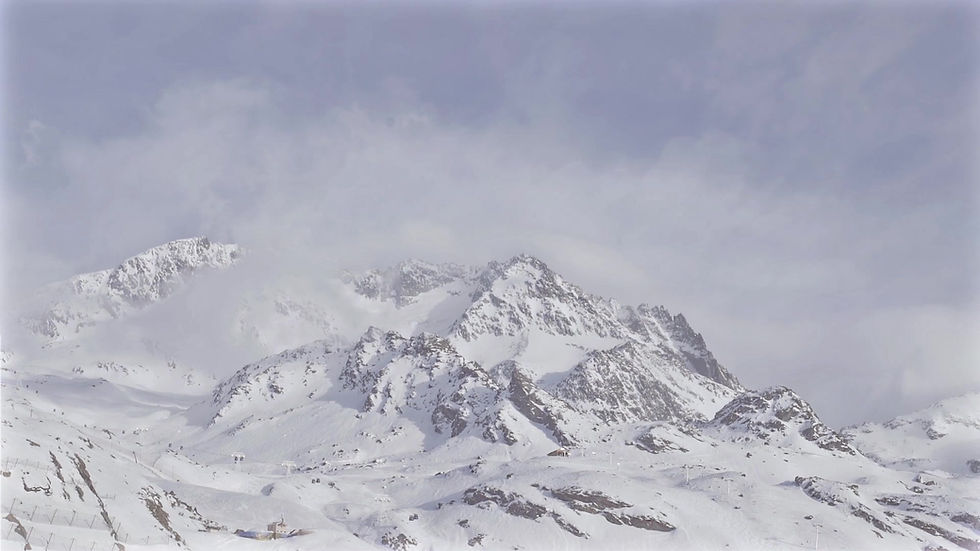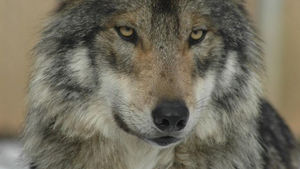
Chambi, the Carnivore Biologist




Chambi, the Carnivore Biologist
Welcome


Dedicated to preserving wildlife habitats and protecting endangered carnivore species through understanding wild carnivores' Eco-ethology, Chambi, the Carnivore Biologist, divulges research and information on wolves and other apex predators.
Through innovative conservation strategies, bringing stakeholders together, and community engagement, I am convinced that conserving apex predators and coexistence is possible. Thus, I strive to ensure a sustainable future for all large carnivores.


My Mission

_edited_ed.jpg)
Chambi, the Carnivore Biologist, is a dedicated project focused on Large Carnivores Conservation Sciences. My goal is to showcase cutting-edge research and provide valuable insights into the world of large carnivores from the unique perspective of a wildlife biologist.
Through engaging blog posts, captivating photo galleries, and educational content, I aim to educate and inspire curiosity about apex predator conservation. I also strive to bring stakeholders from all backgrounds together so that together we can aspire to learn to coexist and thrive in a carnivore habitat.

About Me
My name is Fernando M Castillo
I am a senior student at Oregon State University in the Fisheries, Wildlife, and Conservation Sciences undergraduate program specializing in large mammals with a focus on large carnivores Eco-ethology with 3 classes left for graduation. This means that I am interested in researching large carnivore behavior and their influence on their environment.
In 2013, I returned from a failed attempt to relocate to southern Spain (Granada), where I was born and raised. My wife and I had hoped to raise our two boys in the city of Alhambra. However, Spain was still suffering from the economic crash of 2008-2009. So after a year of living abroad, we returned to the States and lived and worked in the heart of Grand Teton National Park, just a few miles south of the famous Yellowstone National Park.
Jackson Lake Lodge was our headquarters for almost a year and a half, where I rediscovered my childhood passion for the wild, particularly wolves and other large carnivores. I got to work and live in this magnificent landscape as my children went to Moran Elementary School, which was just 5 miles from the lodge. Moran Junction is an old homestead from the 1890s built to assist travelers on their way to Yellowstone National Park to the north. Today, it's just a Post Office and the school for the few children of the people who live in the park, mainly park rangers and park concession families. As they attended school, they often told us that they got to see grizzlies and wolves right outside their classroom window and usually would have their recess inside because of the predators passing by. I could not think of a better experience for any kid to grow up with.
One day, after the chief Park Ranger shared news about the first grizzly sightings out of their wintering dens, I put together a party of friends to track and potentially photograph some of the first emerging bears. We soon came to a forest opening not far from Emma Matilda Lake, where the deep snow revealed fresh tracks of a pack of wolves. Since the imprints hadn't begun to melt and the sun was already out, I figured the wolves couldn't have passed through more than a couple of hours before, if that. Thrilled at the opportunity of sighting and photographing the even harder-to-sight social canids, I insisted that we pursue the tracks. But my party had made other plans for the rest of the day, and after urging me not to continue alone, we split ways. I was determined to see which route the wolves had taken and would not be dissuaded otherwise. So, I followed the wolves for miles across the frozen lake and beyond.
Other than a wolf pup chew toy (a stick I found with pup bite marks), I never sighted the wolves, but I learned this was part of their patrolled territory, which got as close as less than a mile to my employee cabin at the lodge compound.
This experience changed my life profoundly, and I became obsessed with my newfound neighbors. All I could think about was the wolves. All I could talk about was the wolves. That night, I woke up at 3 am, scrambled to put some clothes on, and slipped out of the cabin to snow-shoe my way to the base of the ridge the wolves had walked through earlier, hoping that I would catch a glimpse of them if they came back into the area. I sat under a tree with binoculars and a can of bear spray since we lived in the heart of grizzly country.
That early morning, the wolves didn't return. Still, during my wait, I had already decided to study wolves formally. Later, I embarked on an academic journey at OSU to become a wildlife biologist.
Ten years later, from that day chasing wolf tracks, and as an ESL adult student with a family, I am now only three classes away from graduating Magna Cum Laude with a bachelor's degree in Fisheries and Wildlife Conservation Sciences from Oregon State University. It hasn't been without bumps along the road, though. During the worldwide COVID-19 pandemic, and after a few years already in college, I sought help from the university counselor. I learned that I had been struggling with unchecked ADHD, which I had already suspected. Still, I also faced the reality that I had been living all my life with other mental health challenges, such as bipolar disorder and untreated PTSD, all of which put a series of pauses in my academic journey. But despite the many hiccups, and through discipline and perseverance, graduation is finally within my grasp, and this is only the beginning!








